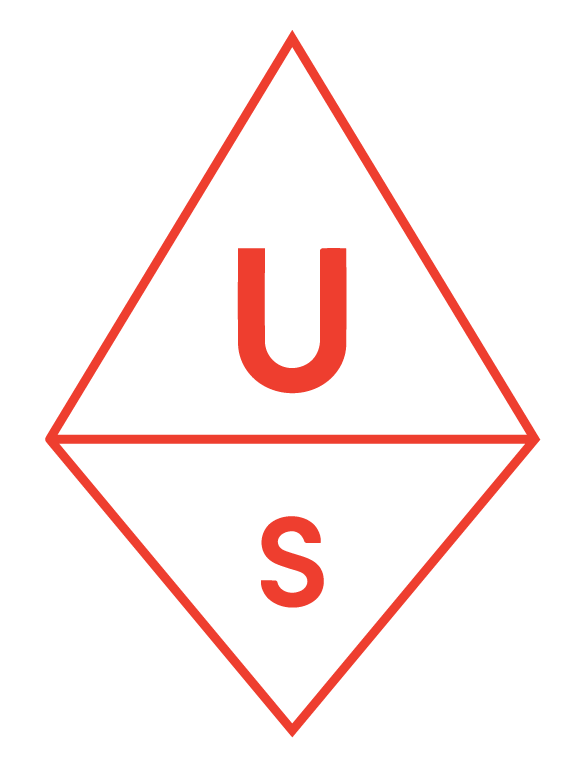Three Questions You MUST Ask Your Brand Design Team
It is not uncommon that our clients have worked with other design teams before us. We are often shocked at how many of these clients were left without the right design infrastructure they need to capitalize on the power of design to drive commerce, growth, and awareness in their businesses or organizations. When this happens, we refer to ourselves as the “clean-up team”, where we must get back to the fundamentals to develop a solid foundation for design, branding, and implementation. We love being the “clean-up team” because clients usually have a great awareness for what they don’t want, the challenges they are facing, and they are able to communicate their needs. This allows us to work efficiently to find solutions, but we recognize a lot of their problems could have been avoided the first time around while working with a designer. Below we’ve outlined the three questions that YOU MUST ask your design team at the outset to help develop a brand that will get you the most out of your investment.
1. Where are my brand guidelines?
This is the number one missing piece for most of our clients before we begin working with them. Brand guidelines function as the “rule book” for your business, and outline the “HOW” behind design bettering your business, but also the “WHY”. Good brand guidelines include foundational rules such as logo usage, brand colors and typefaces, but great brand guidelines include the strategy behind the design system. The brand guidelines should be strict enough to create consistency, yet be flexible enough for your brand to grow, pivot, or diversify. The brand guidelines shouldn’t leave you guessing about the big idea that is at the core of your brand, which will help guide you through any changes your business faces over time, differentiate you from others, and build recognition and awareness with your audience.
2. How is my brand more than a logo?
Brands are NOT logos. Logos are an element of the brand identity, which is a part of the brand. A brand is how you are perceived by others: what do people say about your business? Everything from how your employees speak, to the smell and soundtrack in your store, to the experience of online check-out, to your company’s values, create the story and experience that you curate for your customers. Too many businesses rely on their logo to do most of the visual work to communicate their story by simply slapping it on everything. For a customer, this gets really boring quickly and doesn’t leave an impression with the audience. Invest in developing stories, messaging, experiences, and also other brand identity pieces like illustrations, patterns, icons, infographics, and photography to help tell your story beyond the logo. This will help you create visual consistency without redundancy, turning “customers” into “regulars”.
3. How will I implement the design?
Many of the clients we’ve worked with as “clean-up team” have been left without the right tools to use their designs easily in their day-to-day operations. For example, we’ve had clients be given InDesign files, but their organization does not have Adobe Creative Suite and no one on their team knows how to use the program. A good design team will work with you to be sure what they create for you meets your skill level and organizational needs and limitations. Recently, we had a client who knew that they needed social media help, but did not have the skills or time to be consistently creating digital content. If they’d taken the task into their own hands, the content would have been off-brand, creating inconsistency and confusion in their brand messaging. For them, we created a library of “ready to go” posts for the year, so that they could easily drop the pre-made images into the app without any editing required. Do not be afraid to ask your designer to give you a tutorial, or to consider challenges that your organization faces when creating design assets for you. If you can’t easily implement it, it’s not the right solution for you.
